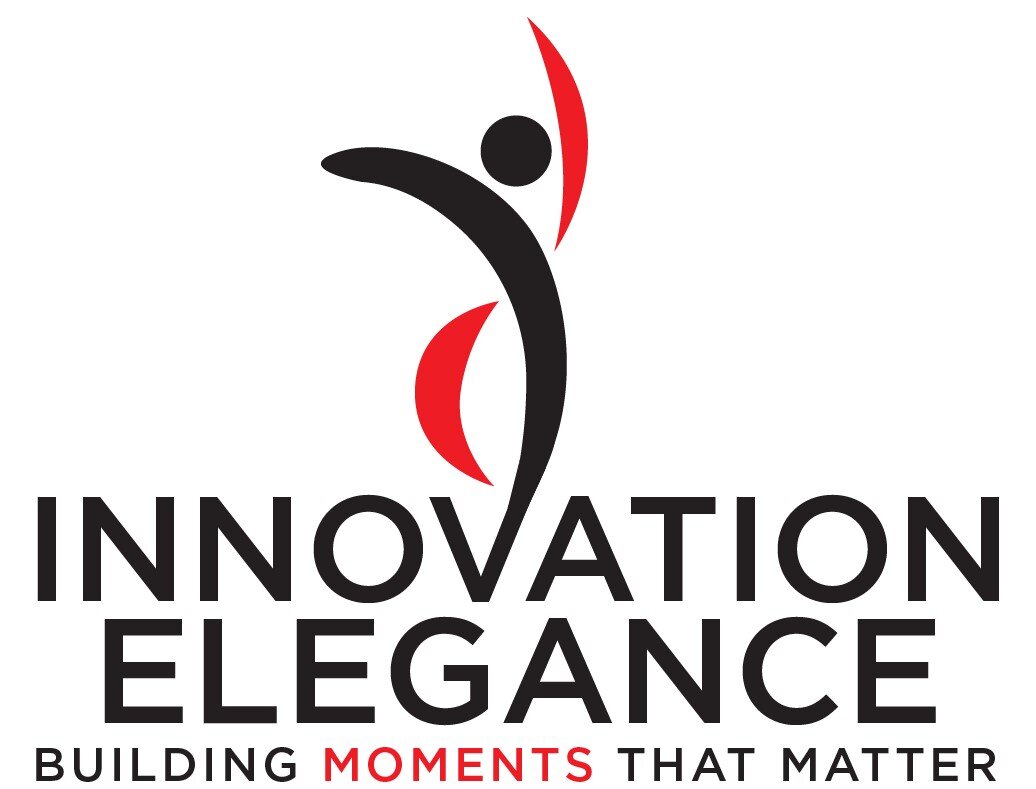Innovate How You Innovate
Your methodology sets you up to fail. Without even knowing your name, your title, or organization, I know this because the commonly broadcasted statistic is that project failure rates are 50-70%. Agile has had a couple decades to bring this metric down, and more than impacting the metric, the methodology has distorted what good looks like. Companies are contorting themselves into “hybrid” methodologies to compensate the shortcomings of Waterfall and Agile. Due to this statistic and these accommodations, you must take a broad lens on your methodology. You must innovate how you innovate.
Conventional methodologies emphasize software. Understandable emphasis for the past 50 years, but at this point in the twenty-first century, software is not what makes innovation difficult. What makes innovation difficult is the people – how we interact, collaborate, compete, and govern each other. You need a methodology that addresses this people problem, emphasizes people, and enforces collaboration. Over the past 50 years, innovation has incurred a methodology debt. The world has an innovation debt.
One culture trait that undermines collaboration is tribal knowledge. Many companies have a comfort zone and addiction to meetings and email. Many employees favor job security over career security. The Agile Manifesto encourages comprehensive code and diminishes upstream documentation. This combination of meeting gridlock, email overload, and job insecurity results in more than tech debt. It results in a documentation debt. This debt speeds up today’s team for a short-term goal and slows down tomorrow’s team and long-term goals.
Documentation for Future State is often neglected. Documentation for Current State is always neglected – it’s that unpopular and taboo. Documentation is popular to receive. It is out-of-favor to create. Diminished emphasis on documentation undermines simplicity, transparency, and the team in place 1-2 years from now. Your organization must embrace documentation to reduce the risk of tribal knowledge, reduce overdependence on a single employee, and enforce collaboration. Anyone whose work doesn’t contribute to documentation devalues themselves.
Knowing what to document is critical. There are not an infinite number of things worth documenting. There are a few dozen things worth documenting. More explicitly, anything your team feels is worth assignments for Draft, Review, Revise, Approve, and Distribute is worth documenting. Instead of a software factory, these Five Verbs form an Agreement Factory … a disciplined, Ruthless Factory. Project-to-project, this Asset Portfolio is stable. You do not need to reinvent the wheel. You should avoid Verb Sprawl, which is a form of reinventing the wheel. Five Verbs in your project plan is elegant. Verb Sprawl is a mess. Twenty verbs is overkill, messy, and VUCA. Don’t surrender to VUCA. Know what to document.
Think of the agility that documentation provides in terms of an economist. Agility means that you have minimal marginal cost. In order to achieve minimal marginal cost, you must be willing to incur significant upfront cost. The Agile methodology emphasizes frequency of go-live dates, not your cost profile. Agile doesn’t embrace upfront cost. Agile has bugs. Agile is not agile.
Your senior executives are busy people. When they are a bottleneck, you have a leadership void. Do what you can to reduce your vulnerability to their busy schedules, meeting gridlock, and email overload. Reduce their marginal cost to contribute by shifting some of their contributions away from synchronous (meetings) to asynchronous (heads-down, thoughtful inspection of documentation).
Managing this Ruthless Factory and maintaining an Asset Portfolio means you know the sixty assets and the Five Verbs. Armed with this framework, you minimize negative surprises. The simplicity helps you pace your team’s work. The transparency undermines burnout. Execution’s two best friends are simplicity and transparency.
Transparency of Current State documentation enables you to partition projects so they are small. Avoid the disadvantage of Waterfall and keep your go-live dates close together. Avoid the disadvantage of Agile where the Business only accepts the software, and software is the evidence of value. This is a sign that Technology runs the Business. Ensure that Business runs the Business. Teenagers want rights without responsibilities. Business leaders have both. Some professionals want authority without accountability. True leaders have both.
Verbs shape culture. The Five Verbs really shape culture. It’s great that the last few years have seen a dramatic increase in conversations about culture, but many of these conversations contain a lot of ambiguity. Performing like an Agreement Factory reduces ambiguity.
Adopting language and imitating habits of the Performing Arts also shapes culture. Churning out a song portfolio or a dance portfolio is a kind of Graceful Factory. When you cross-pollinate innovation with culture traits at different skill levels of the Performing Arts, you cultivate empathy for the ensemble and within the ensemble.
Much of the innovation crowd is data-driven. Instead, be story-driven. Movies tell great stories. You want to shape your customers’ stories and your employees’ stories. Document their story, bring it to life, and create a profitable audience experience, customer experience, and employee experience. Build Moments That Matter.
Legacy methodologies emphasize software, not the customer, and not the employee. Legacy methodologies surrender to VUCA. The metaphors of a factory, an Asset Portfolio, and the Performing Arts helps you combat VUCA with Elegance. Elegance is a combination of discipline and empathy – Ruthless Grace. Other methodologies aim to be a competitive advantage. Elegance aims to be a collaborative advantage. Execute a combination of an Agreement Factory, a Ruthless Factory, and a Graceful Factory. Innovate How You Innovate.







